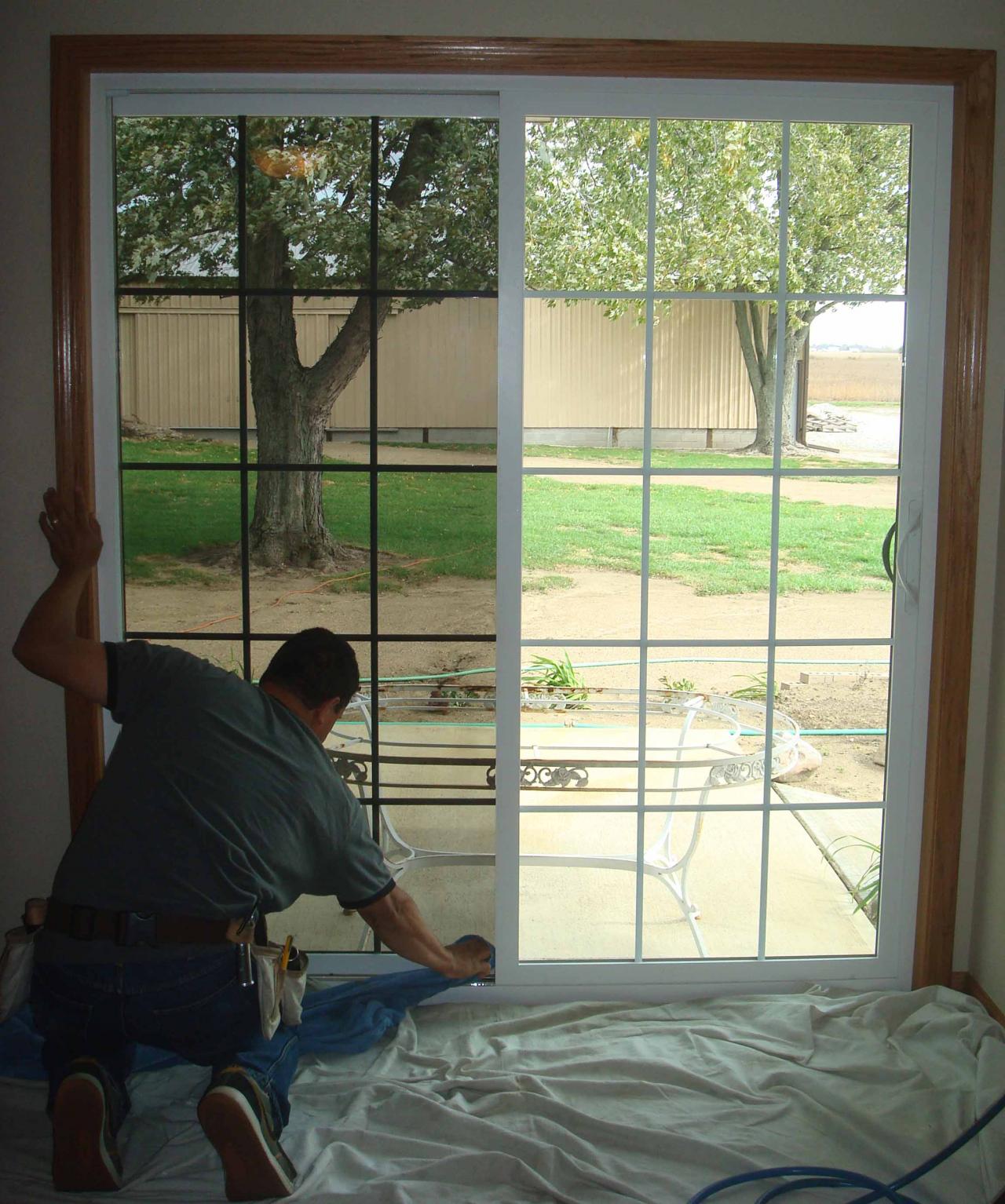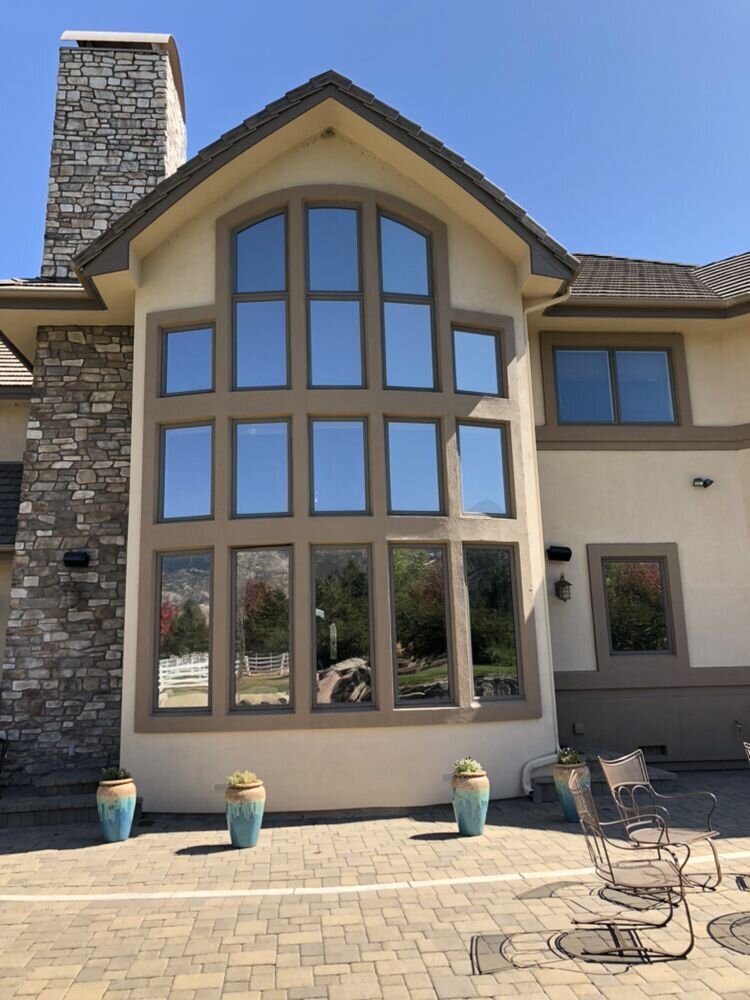Get Professional Suggestions on Selecting the most effective Residential Window Tint for Your Requirements
Get Professional Suggestions on Selecting the most effective Residential Window Tint for Your Requirements
Blog Article
Just How Residential Home Window Tinting Improves Your Home's Power Effectiveness
Residential home window tinting presents a compelling solution for homeowners seeking to enhance energy efficiency within their living areas. By applying specialized movies to home windows, it efficiently reduces warmth transfer, consequently supporting interior temperature levels and decreasing the need for extreme home heating or air conditioning.
Recognizing Window Tinting
Comprehending window tinting is crucial for property owners seeking to enhance both comfort and power efficiency in their space. Residential Window Tint. Home window tinting includes the application of a slim movie to the interior or exterior surface of glass home windows. This movie can significantly regulate the quantity of sunlight and heat that enters a home, thus affecting indoor climate problems
There are various kinds of home window tinting movies readily available, each with unique homes. The efficiency of window tinting is typically determined by its Visible Light Transmission (VLT) percent, which indicates just how much light can pass via the movie.
Advantages of Energy Efficiency
Window tinting not only improves aesthetics but also plays a significant role in boosting energy effectiveness within household rooms. By minimizing warm transfer with windows, tinted movies produce a more stable interior climate, which can result in considerable reductions in energy intake for heating & cooling. This energy performance equates right into lower utility bills, supplying home owners with significant long-lasting financial savings.

Furthermore, window tinting boosts the convenience of living areas. By minimizing glow and obstructing hazardous UV rays, tinted home windows produce a more pleasant setting, which can cause boosted health for occupants. The defense versus UV rays likewise assists maintain furnishings and flooring from fading, adding to the durability of home products.
Exactly How Tinting Functions
Tinting films run via a combination of innovative products and innovations created to regulate the amount of solar energy entering a home. Mostly composed of polyester, these films typically incorporate ceramic or metallic fragments that show and take in heat. This dual ability enables them to considerably decrease the infiltration of ultraviolet (UV) rays and infrared radiation while allowing visible light to go through.
The effectiveness of home window tinting is measured by its solar warmth gain coefficient (SHGC), which shows just how much solar energy is transmitted via the window. Lower SHGC values are more suitable as they represent better warmth being rejected. Furthermore, window tints can feature a variety of tones, enabling house owners to customize their visual preferences while boosting energy effectiveness.
Furthermore, these films work as a barrier, preventing warm loss throughout colder months by mirroring indoor heat back right into the space. This thermal insulation effect complements the cooling advantages gotten throughout warmer months, contributing to a well balanced indoor climate year-round. By taking care of solar power effectively, property window tinting not just boosts comfort yet likewise plays a vital duty in lowering power consumption and reducing energy costs.
Selecting the Right Tint

There are numerous kinds of home window films offered, including colored, metalized, and ceramic. Dyed movies are cost-efficient but may have limited toughness. Metalized movies use far better warmth rejection however can conflict with digital signals. Ceramic films offer superb warm control without endangering visibility and are highly durable, making them a preferred choice.
Visible light transmission (VLT) is one more vital variable, as it shows the amount of all-natural light that can go through the tinted glass. Property owners should choose a tint with a VLT that matches their lighting preferences while still providing ample glare reduction.
Furthermore, assessing the solar heat gain coefficient (SHGC) read here can help determine exactly how well a color can obstruct warm from sunlight. A lower SHGC indicates much better warm control, inevitably enhancing power efficiency.
Setup and Maintenance Tips
Correct setup and upkeep are important elements in maximizing the advantages of household home window tinting. Specialists additionally use specialized strategies and tools, which can boost the resilience and performance of the tint.
Complying read the full info here with installation, upkeep is crucial to extend the life of the home window film. It is suggested to wait at the very least 30 days prior to cleaning the colored home windows to allow the sticky to heal completely.
Additionally, regular evaluations are advantageous. Look for any kind of peeling or bubbling, which can indicate incorrect setup or wear in time - Residential Window Tint. Dealing with these concerns quickly can stop additional damage and keep energy efficiency. By sticking to these installment and maintenance pointers, home owners can ensure their window tinting remains to provide substantial power financial savings and comfort for several years to come.
Final Thought
In final thought, property home window tinting offers as an efficient service for boosting power performance within homes. By reducing warmth transfer and obstructing dangerous UV rays, window films add to decrease energy consumption and enhanced indoor convenience.
Home window tinting involves the application of a slim film to the inside or exterior surface of glass windows. By decreasing heat transfer through home windows, colored films create an extra steady indoor climate, which can lead to substantial reductions in power intake for heating and air conditioning.The effectiveness of home window tinting is measured by its solar warmth gain coefficient (SHGC), which indicates exactly how much solar power is sent via the window. By handling solar energy successfully, domestic window tinting not only enhances convenience however likewise plays a crucial duty in minimizing power usage and lowering utility costs.
By minimizing warm transfer and blocking damaging UV rays, window movies contribute to lower power usage and boosted indoor comfort.
Report this page